I’ve been to India three times now but not once have I had my photo taken in front of the Taj Mahal. I haven’t visited the pink city of Jaipur or floated on the backwaters of Kerala. It isn’t that I wouldn’t love to do any of these things, just that my trips to India have been for a different purpose.
In February I was in India to visit and support a small charity I founded through my church, to see how the money we sent had been spent to help the lives of the poor in the central state of Andhra Pradesh, a part of India where tourists rarely go. Although we met many people who have very little, who live off a daily wage of £1 a day, this was a visit filled with joy and I’d like to share with you some of the stories from my visit.
1. A feast day dinner at the Don Bosco house
Barely had we arrived in the small town of Anantapur and checked into our hotel, than we were taken to an evening event for the feast day celebrations at the local Don Bosco house. This congregation of priests and nuns from the Salesian order work with young people, especially street children. Ours was the last of many cars parked in the drive, since nuns and priests from the whole area had been invited.
We stepped over beautiful coloured chalk designs on the ground outside the house and arrived just as mass was ending. In true Indian style the altar at the end of the room was garlanded with tinsel left over from Christmas, coloured fairy lights and bright flower arrangement.
After the lengthy vote of thanks the chairs were rearranged and pans of rice and food laid out on a long table so that all the nuns and priests and other guests could queue to get their dinner. As we western guests couldn’t possibly be expected to eat with our fingers, a table was brought and a selection of the dishes laid out in front of us with knives, forks and spoons.
We tucked into pila rice, a fish curry, curds and chapatis, although I noticed that a dish of plain mashed potato, green beans and carrots had thoughtfully been added just in case the spicy food was too much for our sensitive palates. We shook hands and chatted with many of the nuns and priests who all welcomed us and wished us Happy Feast day.
2. A memorial mass in Anantapur
On Sunday we were up at 6am to attend the 7.30am mass with our host, Father Pratap, at Our Lady of Mount Carmel Church. We had timed our stay to include a Sunday since we wanted to have a special mass in memory of two special friends. My friend and neighbour Marilyn had been with us on a similar charity visit 2 years ago but had died suddenly a few months later, and the son of one of the charity sponsors, Christian, had also died suddenly at a young age, so we had brought photos of them to put at the front of the church.
Robert, my fellow trustee and Marilyn’s husband had joined me on this trip, and we were ushered to sit on plastic chairs in the middle of the church. Behind us were wooden benches where the nuns and older people sat, while in front of us and on the right, ladies sat on the floor in their colourful Sunday-best saris, with younger men and boys sitting to the left. At the front, the choir performed using a keyboard and microphones, with plenty of music throughout the service although no hymn books were in evidence, since everyone seemed to know the words.
After a beautiful commemoration service, Robert and I stood outside the church and gave bags of sugary sweets and snacks in plastic wrapper to the congregation as they came out of church. Later during breakfast in the parish house, we talked about Robert’s late wife, Marilyn and Father Pratap told us how sad the people at Nandikotkur had been when they heard of her death. They had remembered her friendliness and spirit from our previous visit and had held a memorial mass at the same time that we were having the funeral in Bristol.
3. Opening the water purification plant
One of the projects we had come to see was a water purification plant that had been constructed with funds raised by friends of Marilyn at the local leisure centre. The water is pumped up from bore wells deep in the ground but it needs to be filtered and purified before it is good to drink. The alternative for local families is to either buy filtered water or to rely on the piped town supply which is not always clean for drinking. Now with the filtered water, the 3000 children on the school campus could be provided with clean, filtered drinking water, which would be distributed to points around the school for children to use.
During a short ceremony with much laughter and photographs, we cut the ribbon to open the filtration unit and then pulled back the curtain over the plaque. We cracked small, young coconuts on the step in front of the water unit, an Indian tradition since the coconuts are a symbol of purity and good luck. The unit was officially open and after the engineer had made a few final adjustments, the tap was ceremoniously turned on and water flowed into the plastic bucket.
4. Schoolgirls dance for us and we try a few Bollywood moves
From our previous visit we’d learned that whenever you visit a school campus some entertainment is laid on to entertain the honoured guests. Garlands of flowers are put around your neck and votes of thanks are given by your hosts. If you visit India on this kind of trip we’d learned that you need to be prepared to be handed the microphone and make an impromptu speech to a whole school at the drop of a hat!
After opening the water purification plant we were entertained with dances by the 40 schoolgirls who stay in the school hostel on campus, since their villages are too far to come each day. Part of money raised through our charity goes to support these hostels which ensure that even children from remote villages don’t miss out on their education.
We were treated to Bollywood style dances, local village dances in which some of the girls were dressed as men with painted on moustaches, and a graceful rainbow dance. Of course we weren’t to be let off as mere spectators and were dragged up onto the dance floor to much hilarity as we tried to imitate the dance moves and generally made fools of ourselves.
On another occasion we visited the campus of St Anne’s school on the outskirts of Anantapur to find 300 girls seated in a square in the school playground to give us a school performance. Among the dances was one by girls dressed in white, orange and green, the colours of the Indian flag who danced to a patriotic song about making a better India of the future.
Once again the microphone was handed to me and seeing so many eager, bright girls before me, I gave an off the cuff speech on the importance of education for girls and commended them to work hard for their own future and that of their country. The School Principal followed with a speech in the local Telugu language, translating some of my points about the importance of education for girls.
Afterwards we had an interesting discussion with the School Principal about the future of these school girls to understand why many get married so soon after leaving school. The Catholic schools which are run by nuns are highly valued by parents who want a protective and safe environment in which their daughters can learn. Most girls like to stay close to their families who are concerned about their safety and security, so they favour local colleges for further education and rarely go out of the state. The government is discouraging the dowry system and it is now illegal to insist on a dowry but of course most parents want to give their daughter a good start in life and this can be expensive, leading to loans and debt.
5. I meet my sponsor child
On my previous visit 2 years ago I had met the children that I sponsor, Nileema and her brother Pavan, and once again they had travelled by bus some distance to meet us with their father. They really did not look any older than last time I had seen them, and we sat in the parish house and chatted with the help of Father Pratap to translate.
I showed them photos of my family and leafed through a book with photos of Bristol. There’s a limit to what you can say when you don’t speak each other’s language but my experience is that smiles and pictures go a long way. I presented Nileema with some earrings that I bought at the local jewellery store and the next morning when we saw her again she was proudly wearing them. It was one of the highlights of the trip to meet the children whose education I help with and feel a personal connection between our families.
6. Lunch and tea with the nuns
Whichever school or campus we visited there was always a house of nuns who would have lunch or tea waiting for us. Everything was prepared with great care, with treats of fried chicken or Indian sweets to tempt us and we were always welcomed with great kindness. Normally each house would have a community of around 6 nuns with the younger ones cheerfully running around and organising the meal. In return we would take them gifts of scented soaps or sweets that we’d brought from England (thankyou M&S!).
In India the nuns hold positions of respect and responsibility; they are nurses, teachers and school principals. Unlike the European countries where few young people are coming forward to serve as nuns and priests, in India there is no shortage. Because the nuns and priests can work in different regions of India, with different regional languages, they all learn English and use it as their lingua franca. I think if I were a girl from a poor background who didn’t fancy an arranged marriage, it would be quite an attractive career choice seeing the responsibility that these communities of nuns hold and the great work they do.
7. Meeting sponsor children
When I first met Father Pratap through my church in Bristol, he was appealing for people to come forward and make regular donations to sponsor the education of children from poor families in his parish. We decided to sponsor a child as did other families and after a while we decided to register a charity to formalise the donations and reclaim tax on them through the government gift-aid scheme.
The Catholic run schools in India are highly regarded and sought after by parents due to their high standards of teaching and discipline, but they receive little government funding and so parents have to pay a small fee for their children to attend. The sponsorship money that is sent through our charity helps to cover this fee for the poorest families and some of it is also used to fund books and uniforms for all the children.
One of the most enjoyable parts of our trip was meeting these sponsor children and it was very exciting for them also. Before I left Bristol I had a shopping extravaganza buying or getting donated small items of stationary, soaps, toothpaste (thanks to my dentist), pencils and coloured postcards of Bristol so we could show them where we came from. We would put them together so each child we met would have a small package of gifts to take away and they were all thrilled and excited to meet us.
Most touching was when they would give us something back in return and the girls you see in the photo gave me a rose clip for my hair which you can see me wearing. Luckily Father Pratap was there to translate for us, or the delights of the Clifton suspension bridge and the Bristol cathedral, which we showed them pictures of would probably have been lost on them.
8. Drilling bore wells for irrigation
Father Pratap’s jeep took us down narrow roads, surrounded by fields, when we were met by a couple of motorbikes that had come to meet us. They were driven by the farmers who had benefited from two different bore wells that had been sponsored, and the farmers led us on to the fields where they were located.
Father Pratap explained to us how difficult it can be to drill a bore well, since despite employing a water diviner to advise on the best location, there is no guarantee that you will hit water or how deep you will need to drill. Luckily both these wells had hit water but both were currently capped off awaiting an electricity supply which in return required a licence from the local municipality with all the paperwork and bureaucracy involved in India.
When we had visited the villages 2 years before, they were only receiving power for part of the day, which was sometimes cut without warning. Recently things seemed to have improved and the villages were currently getting 24 hours of electricity to their houses, but the agricultural supply was limited to around 3- 4 hours in the day and night time. This meant that the water could only be pumped during those hours, limiting the area of land that could be irrigated. This was a big lesson for me in the politics of infrastructure. Here were we raising money to fund these wells, but perhaps if the government could provide a more consistent electricity supply, they could be used to irrigate twice as much land and feed two families instead of one.
Next to our currently dry wells, we saw another that was gushing water which flowed along channels into the field of groundnuts. We hoped that our sponsored wells would also look like this once they get a power supply. The main crops in this arid area are groundnuts, maize and sunflowers, while if there is a constant water supply more high priced commercial crops such as cotton and chilies can be grown that will fetch a higher price. One well can really transform the fortunes of the family it supports and Father Pratap told us that when these farmers struck water, the celebrations were going on well into the night.
9. The wedding cake church and a mango plantation
The first time I visited Father Pratap in his parish at P. Yaleru, he had recently completed the construction of a new church to replace the old one that was crumbling. Due to the tiered design, we jokingly called it the wedding cake church, and it stood up above the village houses and could be seen from miles away when you approached the village.
On this visit we visited P. Yaleru again and passed by the Little Flower primary school which was run by a nun and two teachers. This was originally a government run primary school but all the teachers had retired and the government no longer supported it, so had been taken over by the church to provide education for the local children.
We walked past the school to the field where a mango plantation had been planted several years ago, with sponsorship from the charity. Father Pratap had told us proudly then how the plantation produced many lorry loads of mangos which were sold to provide income for education and community projects. On our visit two years ago, the plantation had been thriving but since then there had been no rain and the bore well that was being used to irrigate the trees had run dry.
Luckily the trees were by now well established and looked healthy enough, although Father Pratap told us there were fewer flowers than normal. Plans were underway to drill the well deeper after the summer rains and restore the water supply, so that the future of the mango plantation could be assured.
10. The ladies’ tailoring project
In the community hall at Father Pratap’s old parish on Nandikotkur we found a large group of ladies in their brightly coloured festival saris and jewellery awaiting us, seated on the floor. These ladies had been studying 6 days a week for 6 months how to be tailors, and we were shown a sample book with doll-sized examples of the clothes that they had made as part of their training.
This was the third group of 15-18 ladies that had been trained and Father Pratap hoped to continue the project with further groups and also bring the project to his new parish if further sponsors could be found. The ladies entertained us with much dancing and singing, together with a skit about women who were running a tea stall but exhorted by their friends to come to join the tailoring project so they could earn a better living.
It was heartening to see the women singing songs of empowerment and know that they would now have the opportunity to earn money to support their families. The tailoring teacher sat on the floor since she did not have the use of her legs due to polio and Father Pratap had sent her for training for a year so she could learn to be a tailoring instructor.
At the end of the entertainment, we presented each of the ladies with a sewing machine that they could take home so that they could take on tailoring work in their neighbourhood. This was their graduation ceremony and we were glad to be there to celebrate their achievement.
11. Visiting Fatima at home
While we were at the parish house, Father Pratap introduced us to Fatima, a Muslim lady who worked for him and her young son who was one of our sponsor children. Later that day, we visited her at home so we could get a feel for how many of Father Pratap’s parishioners live.
We stepped inside the one room house where Fatima lives with her husband and son, where everything was neat and clean. There was just space for a bed and a TV with all the pots and utensils on high shelves around the walls. In fact this house is rented and Fatima and her husband do have their own house that her husband built on a small plot that they were given in another part of town.
The problem is that they had to take out a loan to fund the house at a high rate of interest from a private moneylender, since no bank would lend them the money. When they fell behind with the loan the lenders agreed to waive the interest on the loan in return for living in the house themselves. Until Fatima and her husband’s situation improves, they won’t be able to recover the use of the house they built and the lenders are happily living there with no inclination to move.
12. Visiting the Vincente Ferrer foundation campus
We visited the pleasant campus of the Vincente Ferrer foundation, a Spanish charitable foundation that runs schools for mentally disabled, sight and hearing impaired children and runs a handicraft workshop for disabled women, most of whom had no use of their legs.
We found the ladies making brightly painted Papier Mache toys and animals, plaiting and coiling coloured rushes to make table mats and forming tough leaves into disposable plates that would be used at wedding buffet. We longed to buy some of the colourful moneyboxes and later went to the official shop where they are sold in another part of town.
The mentally handicapped children were so sweet and excited when we went into their classroom, jumping and dancing around for us. The four nuns that we visited on the campus oversee the running of these schools as part of the foundation, although this is not a Catholic institution and in fact takes pains to treat all religions equally, giving help on the basis of poverty rather than religion following the principle of the founder, a former Jesuit priest.
13. At the English medium Holy Spirit secondary school
On our previous visit we had been impressed by the large Holy Spirit English Medium secondary school which is run by the nuns and has around 700 children. In India there are both Telugu Medium schools that teach in the local language and English Medium schools that teach in English. Unsurprisingly, parents favour the English medium schools since their children will learn English and will have better job prospects and opportunities to work in other parts of India.
We toured many of the classrooms and noticed the discipline of the children and their focus on learning. I looked over their shoulder in one classroom and saw that they were doing computer studies, learning in English the theory of things that seemed quite complex to me, which would be followed up with a practical lesson in their computer room.
Although all the children were smartly dressed in their uniforms, I remembered that on our previous visit they had all been wearing their own clothes. The School Principal had explained that during the week they have a day to wear their own clothes which gives them an opportunity to wash their uniform, since most families could only afford one or two sets of school uniform.
As it was lunchtime all the children filed out quietly into the dusty playground and sat under the trees eating their lunch, although as we also sat down to eat ours with the nuns we could hear the noise levels rising as they finished lunch and become more exuberant in their playtime.
If you made it this far in this long article, I thank you for joining me on this journey – what was your favourite story from my trip? The truth is that in this kind of work there is no difference between giving and receiving; they are two sides of the same coin and I have come away from my visits to India far richer than I went.
More India Inspiration
Flying Premiere Class with Jet Airways to India – is it worth it?
Podcast – my Charity visit to India
Meeting my Indian sponsor child
Pin it
This article is originally published at Heatheronhertravels.com


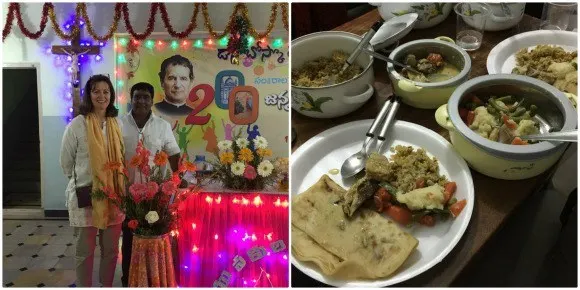
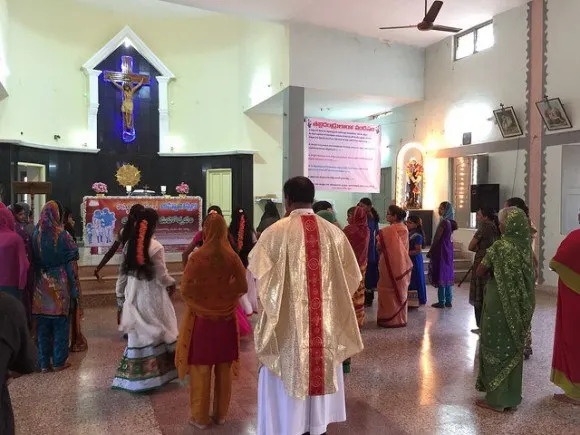
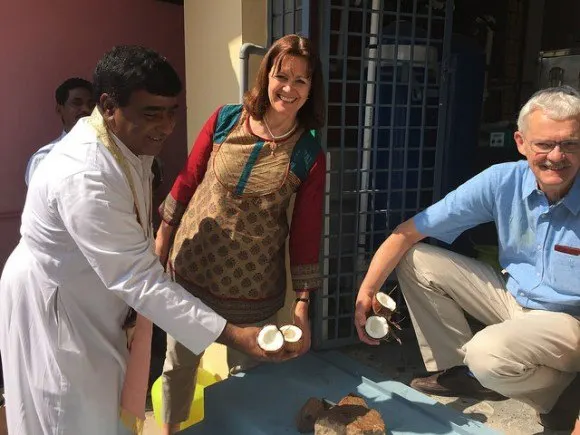
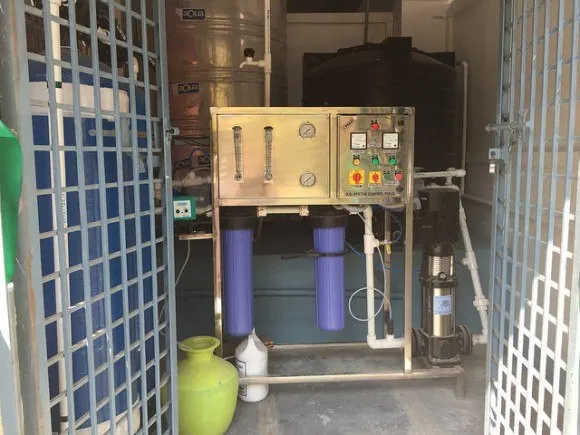
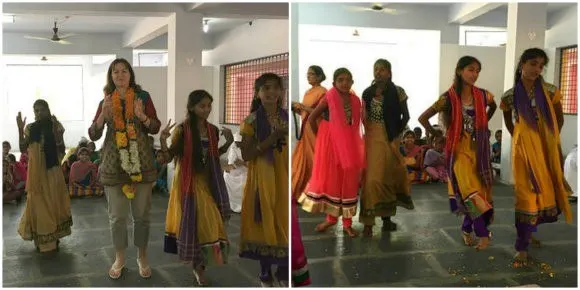
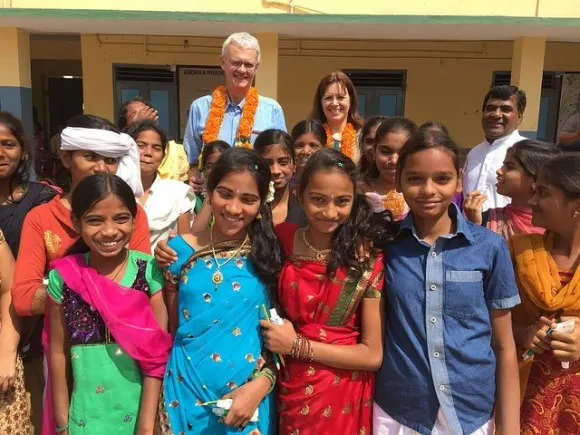
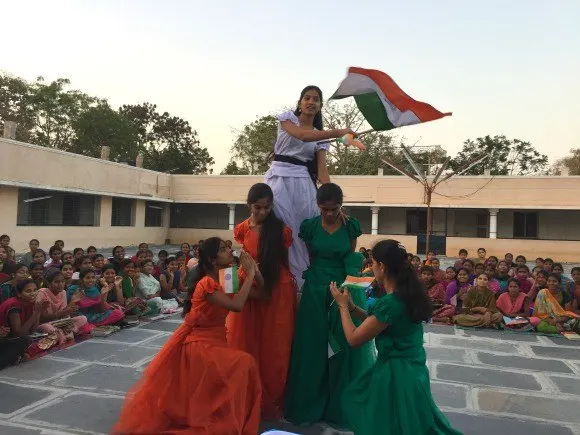
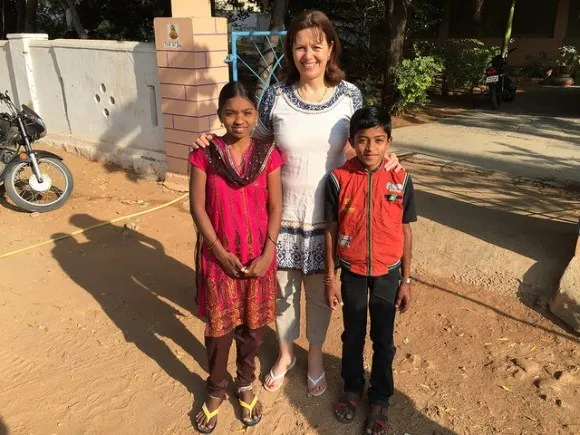
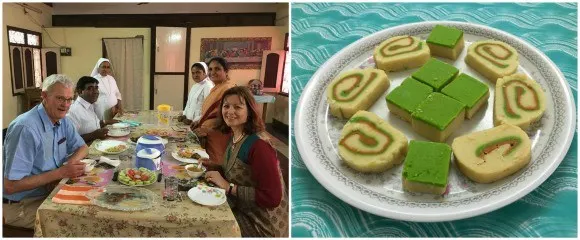
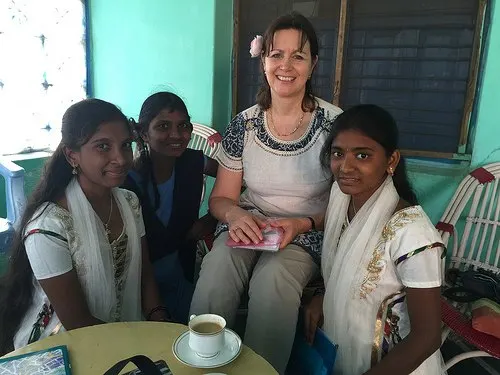
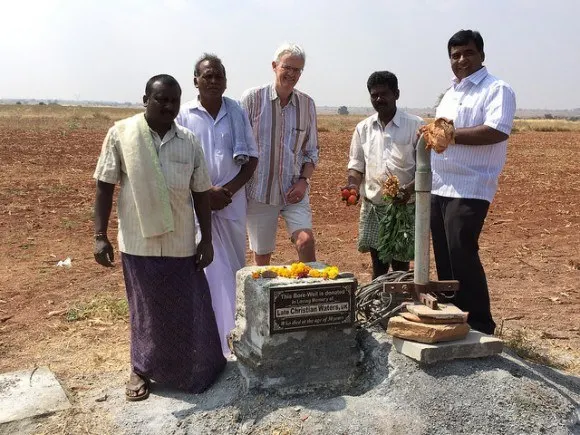
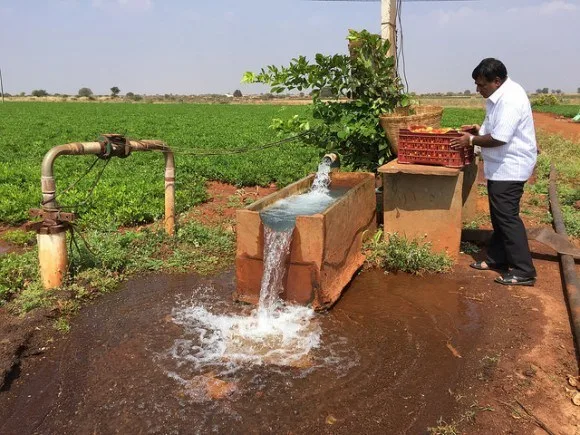
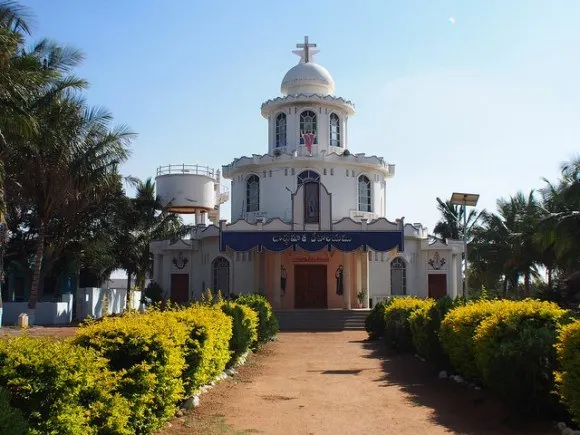
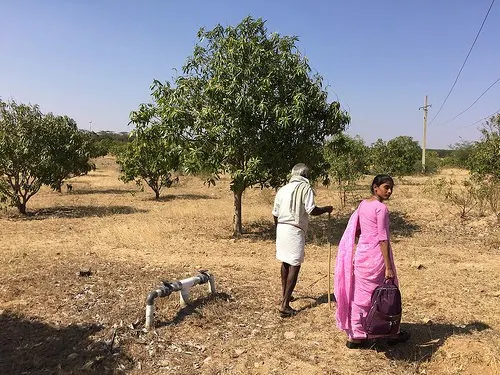
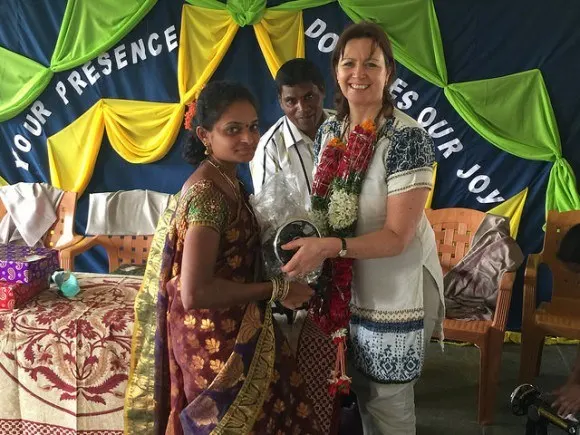
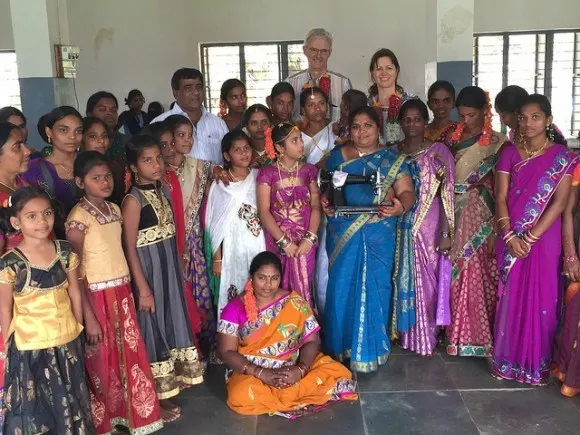
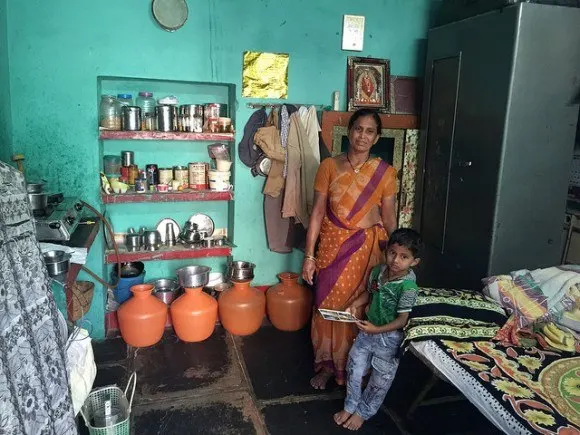
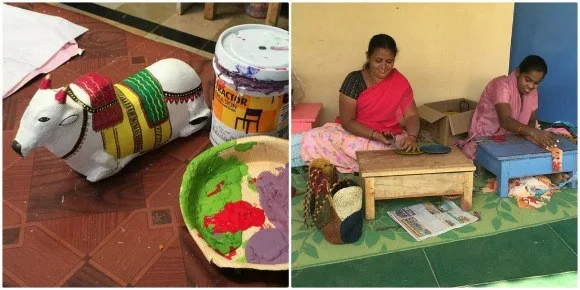
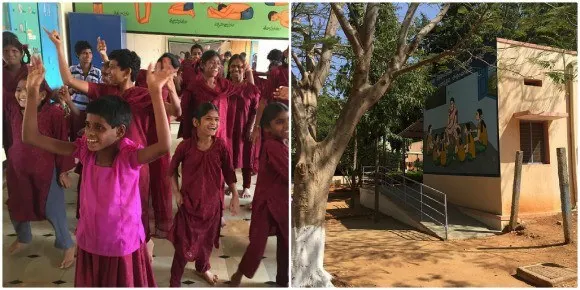
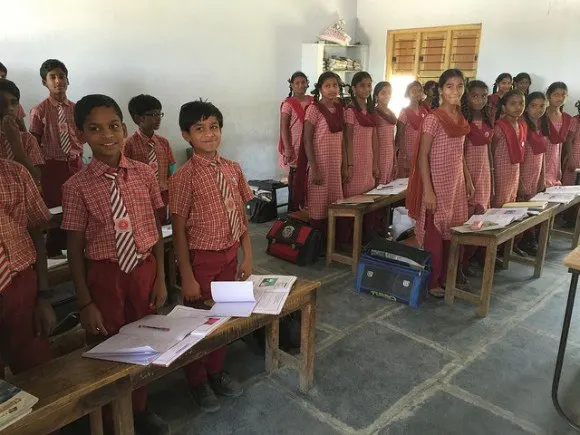
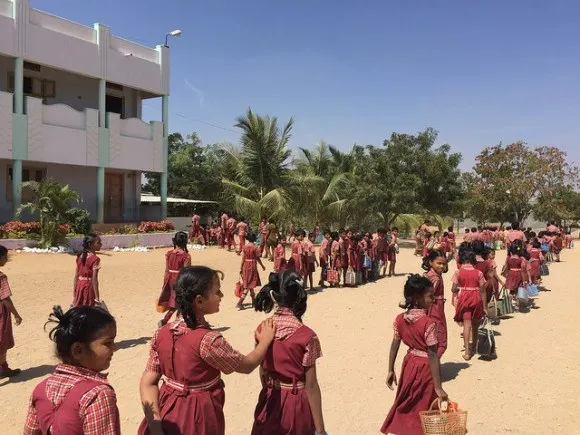
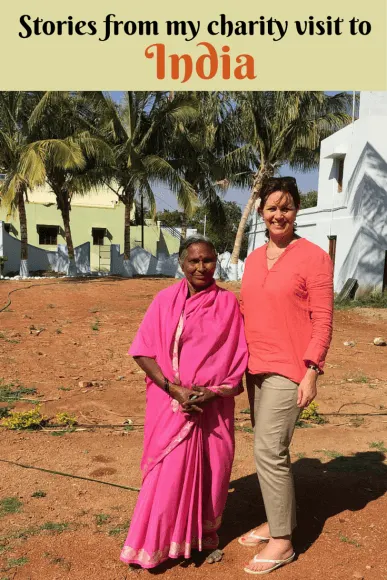

Wanda J Troutman
Saturday 2nd of May 2020
no water no toilets and talks are very big I was there in Delhi to much dirty and bad smells every where I don't know why like this.
Heather Cowper
Thursday 14th of May 2020
@Wanda Oh dear, sounds like it was not a great experience for you
Suresh
Thursday 27th of February 2020
It's so cool to read the donors view about the charity donation.
I'm from Anantapur, Andhra pradesh where VINCENTE FERRER foundation is present, and They do a great job in helping a lot of people and also with sports club and all.
They are conducting marathons too these days to raise the funds :)
I'm sure you have a very good lifetime memories of this visit. Thanks for coming to India :)
Cheers Suresh
le passage bureau
Saturday 3rd of August 2019
great article in this post about charity This is a great inspiring article.
Charity Organization
Saturday 20th of April 2019
Very good your story about charity visit to India.
David Swift
Wednesday 27th of March 2019
Hey Heather, The act of kindness you showed is commendable and heart-warming. These characteristics can attribute to Saint Mother Teresa of Calcutta. "It's not how much we give but how much love we put into giving ~ Mother Teresa" When you are a good person it reflects on your face effortlessly. Thank you so much for such a lovely post. I am definitely going to share it on my twitter account.
Heather Cowper
Wednesday 27th of March 2019
@David Thanks for your kind words